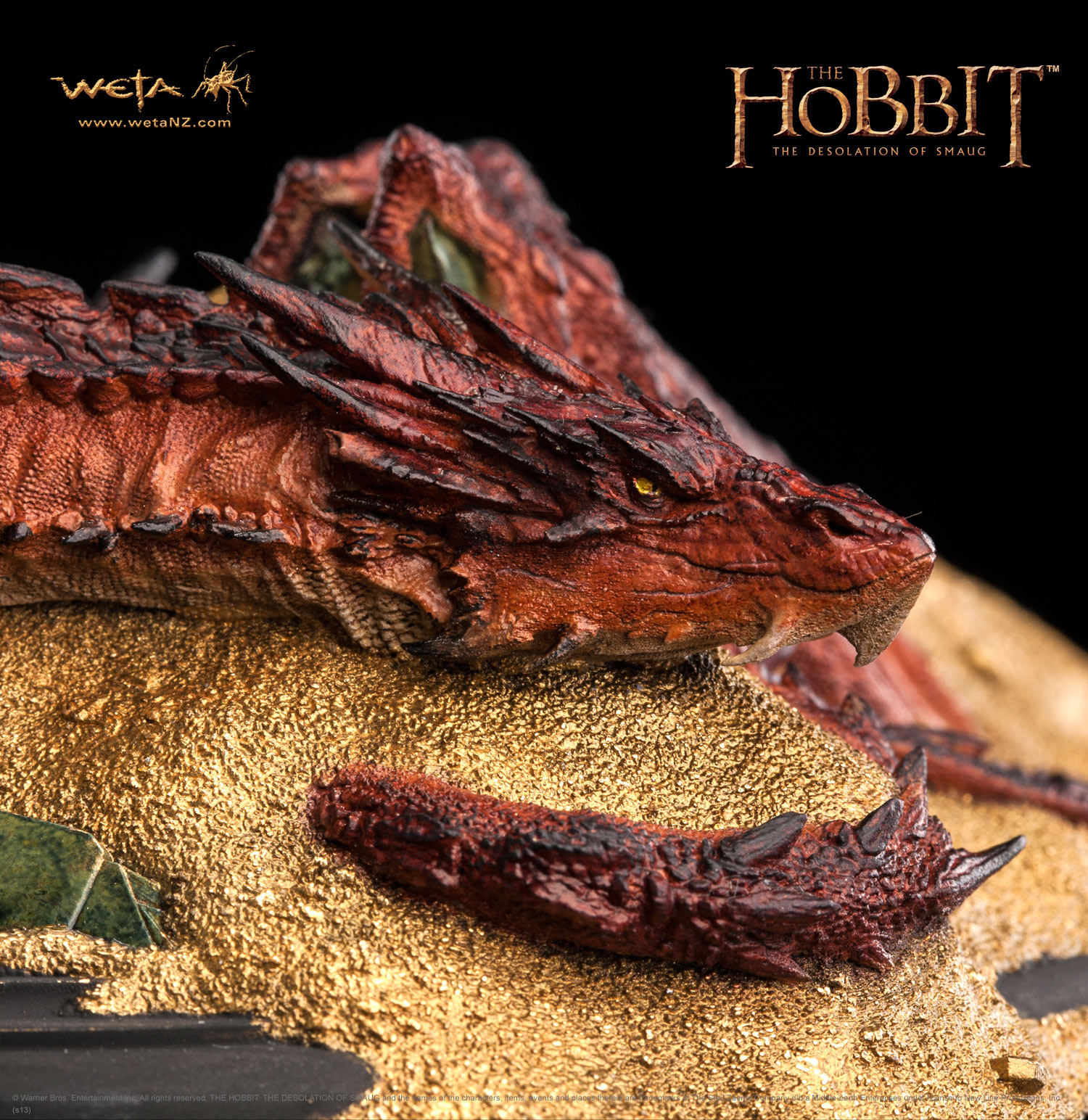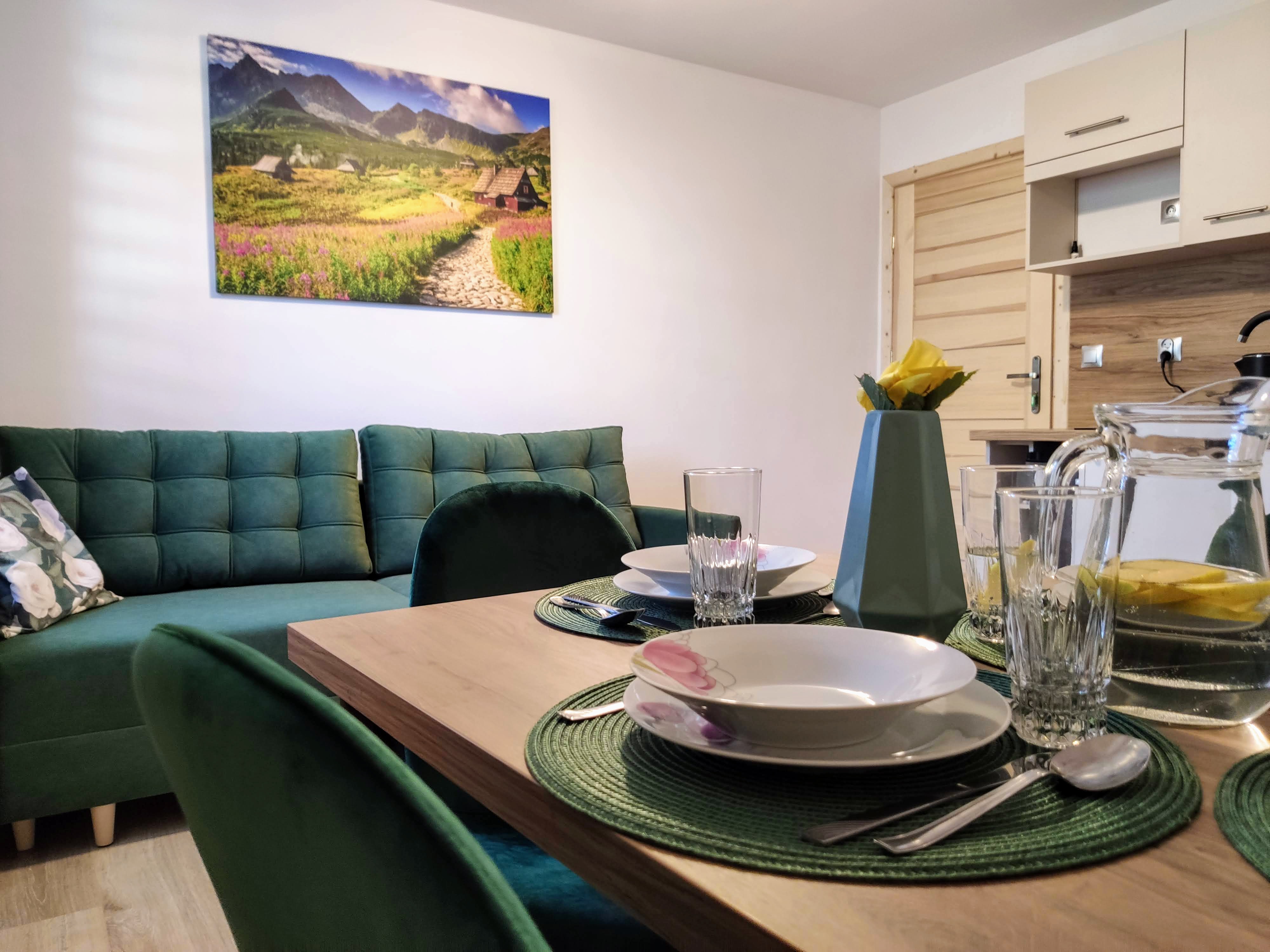
After seven years (seven is the Hebrew number signifying perfection), the Temple was completed in c.961BC. The walls of the Most Holy Place were covered in gold, as was the altar. An inner sanctuary was built to house the Ark of the Covenant. The Temple was roofed and lined with planks of cedar from Lebanon, while pine was used for the floor. In order to minimise the continuous noise from hammers and chisels (and because the soft limestone was easier to work before it hardened on being exposed to the air), all the stone was dressed in the underground quarries before being taken to the Temple (see 1 Kings 6:7). The underground quarries, entered from beneath the north wall of the Old City in Jerusalem, can still be seen today.

Solomon’s Temple was built using local limestone quarried close to the site of the Temple itself. Modern-day visitors to Tyre in Lebanon can still cross the causeway, built by Alexander the Great during his seige in 332BC, in order to visit the picturesque northern harbour and the narrow alleyways of the Christian Quarter, situated on the northern side of the original island.ġ Kings 6:1-6 Solomon's Temple is built on the rocky summit of Mount Moriah (on the land purchased by his father David fourteen years earlier (see 2 Samuel 24:11-25), where Abraham had been called to sacrifice Isaac eight hundred and fifty years earlier in c.1820BC (see 4 on Map 57 & Genesis 22:1).ġ Kings 6:7-38 The building of this magnificent east-facing Temple takes seven years to complete. It subsequently lost its independence with the rise of the Persian Empire in the 5 th century BC. Hiram I was a contemporary and ally of King Solomon of Israel, and sent Lebanese cedar trees and gold to build the Temple in Jerusalem (see 1 Kings 5:1-12).Īlthough the prophet Isaiah warned the city of impending doom in the 7 th century BC (see Isaiah 23:1-18), Tyre successfully withstood a thirteen year seige by King Nebuchadnezzar of Babylon from 586 to 573BC. Under King Hiram of Tyre (c.969 – c.935BC), the Phoenicians colonised Sicily and North Africa, and the Mediterranean Sea became known as the Tyrian Sea. Hiram thinks the cities in Galilee are worthless so this area becomes known as Cabul (‘worthless’).įounded by the Phoenicians, Tyre - originally situated on a small island just off the coast - was the most important port at the eastern end of the Mediterranean Sea.

In return, Hiram receives olive oil and wheat, and twenty cities in Galilee (see 1 Kings 9:11).

Hiram, King of Tyre, sends cedars of Lebanon (tied together as rafts and floated down the coast from Sidon) (see 3 on Map 57 ). He also sends a highly skilled bronze worker, Huram (see 1 Kings 7:13). 1 Kings 5:1-18 In c.968BC, Solomon begins to construct a temple in Jerusalem.


 0 kommentar(er)
0 kommentar(er)
